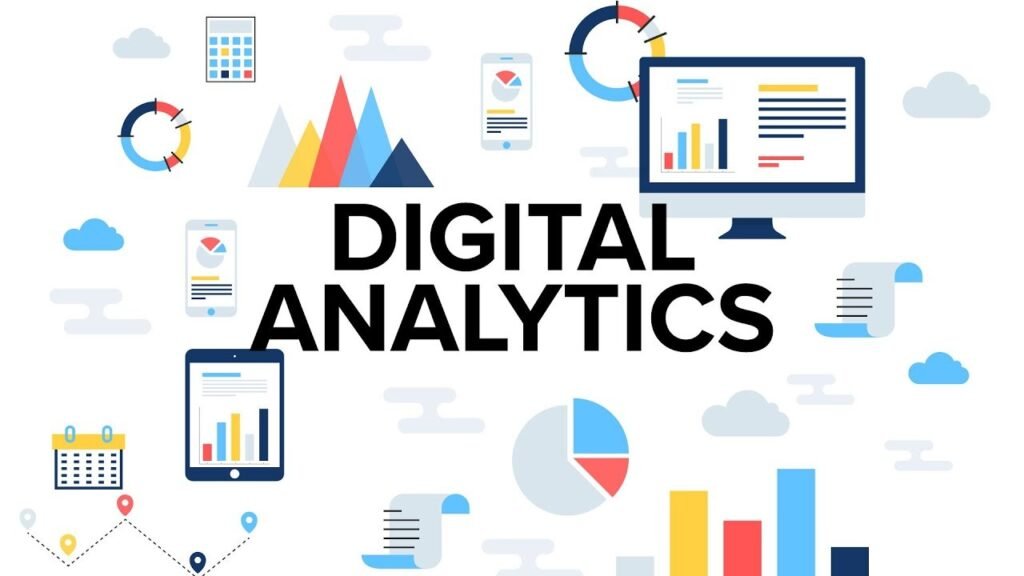In today’s digital-driven economy, understanding user behavior is a strategic imperative for businesses seeking to enhance their offerings. Digital analytics serves as a vital tool, enabling organizations to navigate vast amounts of data, derive actionable insights, and drive data-informed decisions that fuel growth and competitiveness.
Understanding Digital Analytics
Digital analytics refers to the systematic collection, processing, and interpretation of data generated across various digital platforms. By examining user interactions on websites, mobile applications, and other digital channels, businesses can gain deep insights into customer preferences, behaviors, and pain points. This knowledge facilitates the continuous optimization of user experiences, fostering enhanced customer satisfaction and long-term retention.
Core Components of Digital Analytics
- Data Collection: Aggregating data from multiple digital touchpoints, including website visits, page views, clicks, and user navigation paths.
- Data Processing: Cleaning, structuring, and organizing raw data to ensure accuracy and relevance for meaningful analysis.
- Data Analysis & Reporting: Identifying patterns, trends, and anomalies to extract actionable insights from processed data.
- Strategic Implementation: Leveraging insights to refine marketing strategies, enhance product offerings, and improve customer experiences.
Key Benefits of Digital Analytics
- Deeper Customer Insights: A granular understanding of user behavior enables businesses to personalize their products and services more effectively.
- Optimized Marketing Strategies: Data-driven decision-making enhances targeting precision, improving engagement and conversion rates.
- Enhanced Product Development: Identifying high-impact features allows organizations to prioritize innovations that resonate with users.
- Increased Customer Retention: Proactively addressing pain points fosters improved user experiences, leading to greater loyalty and repeat business.
Implementing a Digital Analytics Strategy
Embarking on a digital analytics journey requires a structured approach. Organizations should start by defining clear objectives—identifying key performance indicators (KPIs) aligned with business goals. Investing in a robust analytics platform ensures scalability and integration with existing systems. Finally, fostering a culture of data-driven decision-making empowers teams to continuously refine strategies based on real-time insights.
Conclusion
Digital analytics is more than just a data tool; it is a strategic enabler that empowers businesses to thrive in an increasingly competitive digital landscape. By harnessing the power of analytics, organizations can unlock new growth opportunities, enhance customer experiences, and position themselves for sustained success.



